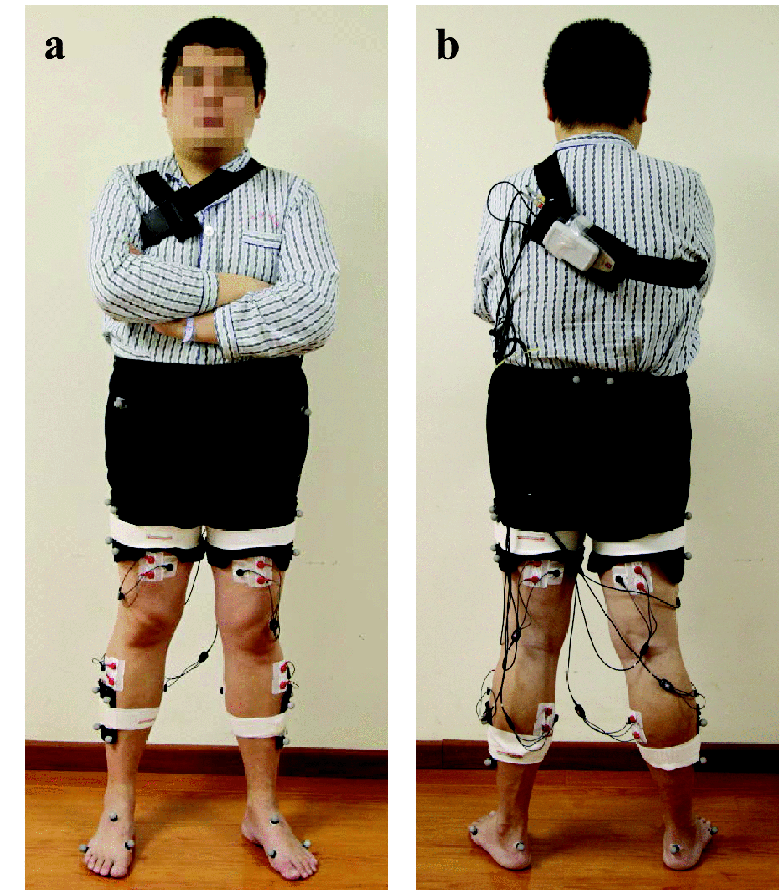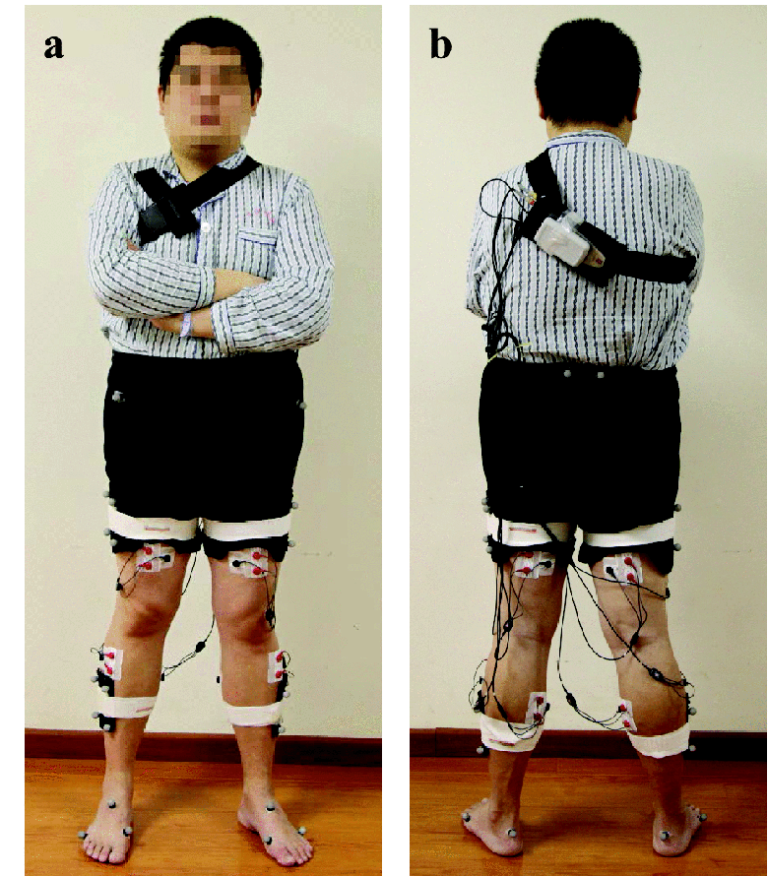
Gait analysis for the patients with lower limb motor dysfunction is a useful tool in assisting clinicians for diagnosis, assessment, and rehabilitation strategy making. Implementing accurate automatic gait analysis for the hemiparetic patients after stroke is a great challenge in clinical practice. This study is to develop a new automatic gait analysis system for qualitatively recognizing and quantitatively assessing the gait abnormality of the post-stroke hemiparetic patients. Twenty-one post-stroke patients and twenty-one healthy volunteers participated in the walking trials. Three of the most representative gait data, i.e., marker trajectory (MT), ground reaction force (GRF), and electromyogram, were simultaneously acquired from these subjects during their walking. A multimodal fusion architecture is established by using these different modal data to qualitatively distinguish the hemiparetic gait from normal gait by different pattern recognition techniques and to quantitatively estimate the patient’s lower limb motor function by a novel probability-based gait score. Seven decision fusion algorithms have been tested in this architecture, and extensive data analysis experiments have been conducted. The results indicate that the recognition performance and estimation performance of the system become better when more modal gait data are fused. For the recognition performance, the random forest classifier based on the GRF data achieves an accuracy of 92.26% outperformed other single-modal schemes. When combining two modal data, the accuracy can be enhanced to 95.83% by using the support vector machine (SVM) fusion algorithm to fuse the MT and GRF data. When integrating all the three modal data, the accuracy can be further improved to 98.21% by using the SVM fusion algorithm. For the estimation performance, the absolute values of the correlation coefficients between the estimation results of the above three schemes and the Wisconsin gait scale scores for the post-stroke patients are 0.63, 0.75, and 0.84, respectively, which means the clinical relevance becomes more obvious when using more modalities. These promising results demonstrate that the proposed method has considerable potential to promote the future design of automatic gait analysis systems for clinical practice.

